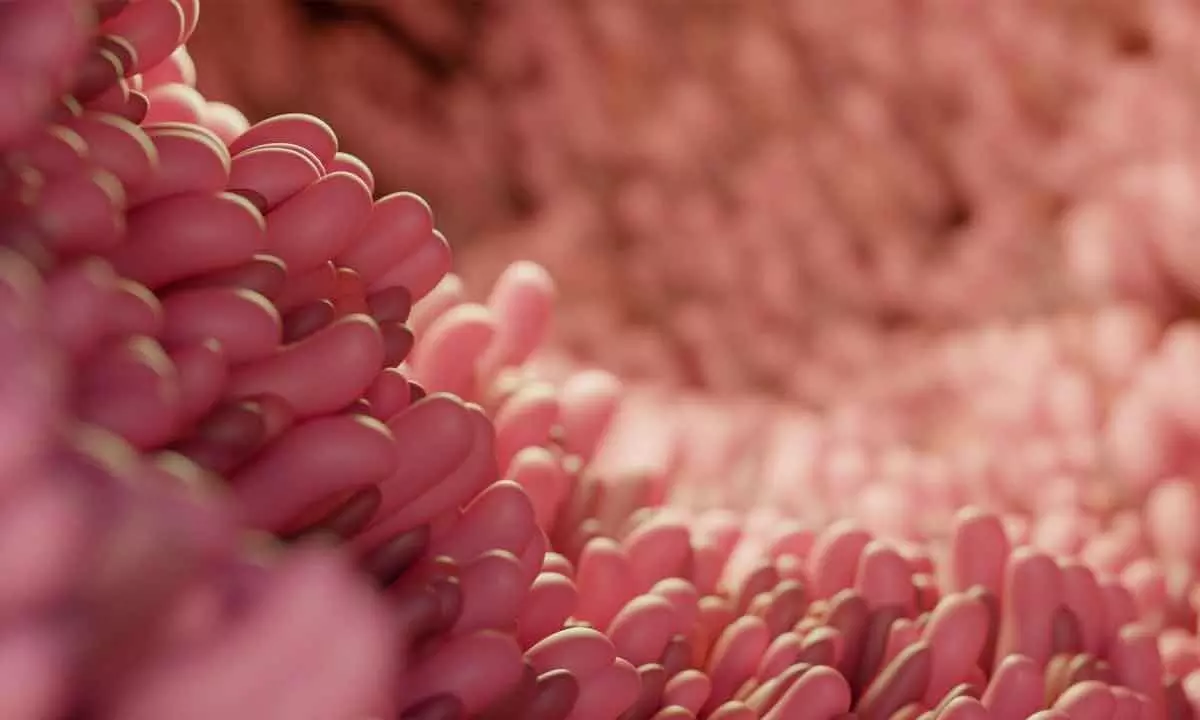‘Obelisks’: A new class of life-form in Human digestive system

Like viruses or viroids, obelisks have a circular single-stranded RNA genome and no protein coat but, like viruses, their genomes contain genes that are predicted to code for proteins. All obelisks so far described encode a single major protein known as obulin, and many encode a second, smaller obulin. Obulins bear no evolutionary resemblance, or “homology”, to any other protein found, and there are few clues as to their function.
London: Biological entities called obelisks have been hiding – in large numbers – inside the human mouth and gut. These microscopic entities, which were recently discovered by a team at Stanford University, are circular bits of genetic material that contain one or two genes and self-organise into a rod-like shape. Although the study is still in preprint form, meaning that it has not been peer-reviewed, it has already been extensively written about, including in two heavyweight journals: Nature and Science. Let’s delve deeper into the strange world of very tiny “lifeforms”.
In biology, as in physics, things can get weirder and the rules fuzzier as we move through smaller and smaller scales. Viruses, being unable to replicate without the help of a host, can most generously be considered to be on the edge of what constitutes life. Yet the estimated 10 nonillion (one followed by 31 zeroes) individual viruses on the planet can be found in every conceivable habitat and, through infecting and manipulating their hosts, have probably affected the evolutionary trajectories of all life. Peering even further down into the world of minuscule biological entities, are the viroids – tiny scraps of genetic material (DNA-like molecules known as RNA) that cannot make proteins and, unlike viruses, don’t have a protective shell to encase their genome.
Viroids are examples of ribozymes: RNA molecules that may be a distant echo of the very first self-replicating genetic elements from which cellular life emerged. Viroids can self-cleave (chop up) and re-ligate (stick back together) their genome as part of the replication cycle. And, despite their simplicity, they can cause serious disease in flowering plants. Between a virus and a viroid – perhaps The new preprint describes “viroid-like colonists of human microbiomes”. If “viroid-like” sounds non-committal, that is entirely deliberate. The newly discovered biological entity falls somewhere between viruses and viroids.
In fact, the name obelisks was proposed not only because of their shape, but also to provide wiggle room in case they turn out to be more like RNA plasmids (a different type of genetic element that resides inside bacteria) than either viruses or viroids. Like viroids, obelisks have a circular single-stranded RNA genome and no protein coat but, like viruses, their genomes contain genes that are predicted to code for proteins. All obelisks so far described encode a single major protein known as obulin, and many encode a second, smaller obulin. Obulins bear no evolutionary resemblance, or “homology”, to any other protein found, and there are few clues as to their function.
By analysing existing datasets taken from the gut and mouth of humans as well as other diverse sources, the Stanford team found almost 30,000 distinct obelisk types. These obelisk genomes have been previously overlooked because they are so dissimilar to anything described previously. The Stanford team found them using a clever bespoke method for searching databases for single-stranded circular RNA molecules to fish out any viroid-like elements. It is clear from their results that obelisks are not rare. The researchers found them in datasets spanning the globe and in diverse niches. These elements were detected in around 7% of microbiome datasets from the human gut and 50% of datasets from the mouth. However, whether these datasets provide a true representation of the prevalence and distribution of obelisks is unclear.
Different obelisk types were found in different body sites and in different donors. Long-term data revealed that people can harbour a single obelisk type for around a year. Obelisks probably rely on microbial host cells to replicate, including those that live inside humans to replicate. Bacteria or fungi are likely hosts, but it is not known which exact species harbour these elements. However, the researchers provide a critical lead through the analysis by providing strong evidence that a common bacterial component of dental plaque, Streptococcus sanguinis, plays host to a specific obelisk type.
Friend or foe? As S sanguinis is easy to grow and experiment on in the laboratory, this will provide a valuable model for understanding the fundamentals of obelisk biology. This is critical, as nothing is known about the broader evolutionary and ecological significance of obelisks. They may be parasitic and harm host cells, or they may be beneficial. Hosts may have evolved elaborate defence mechanisms against obelisks, or else actively recruit them to gain some unsuspected advantage. If obelisks change or upset the human microbiome, this may in turn have implications for human health – they may even have therapeutic potential. Alternatively, obelisks may cause neither harm nor benefit to their microbial host, or to humans. Instead, they may simply exist as stealthy evolutionary passengers, silently and endlessly replicating, like the original “selfish gene”.
(The Conversation)
(The author is Professor of Microbial Evolution at The Milner Centre for Evolution, University of Bath)


















